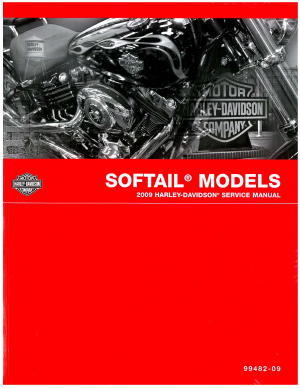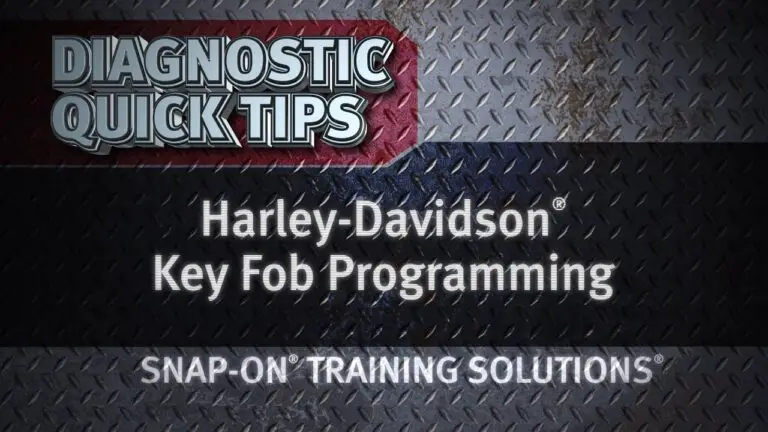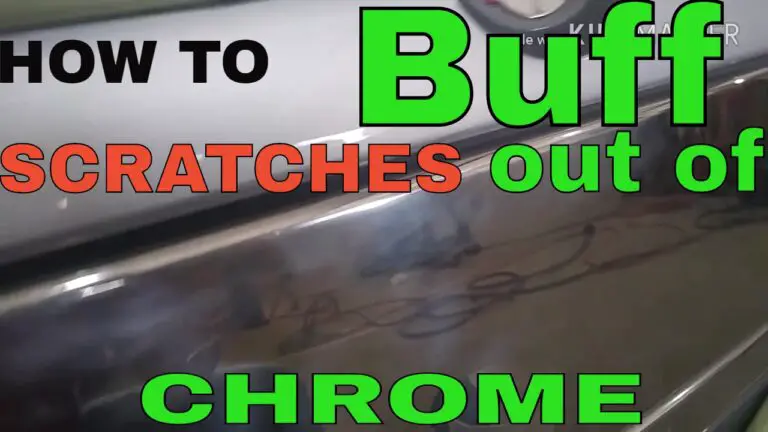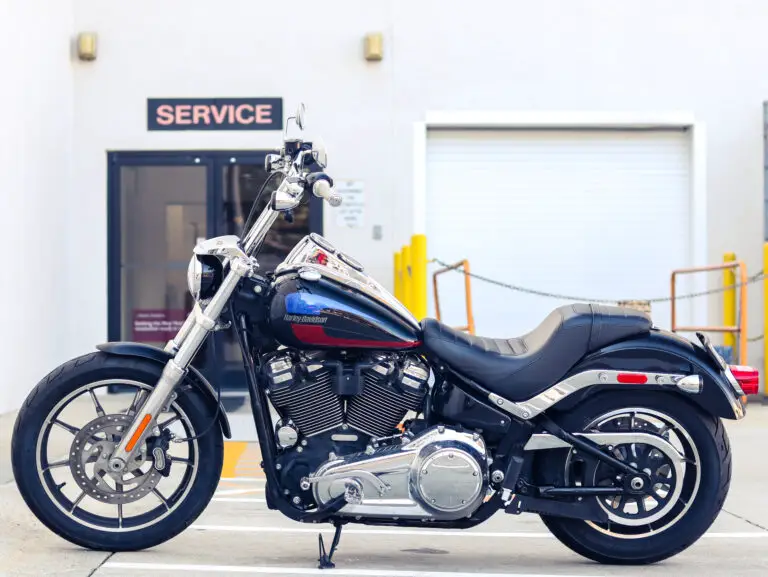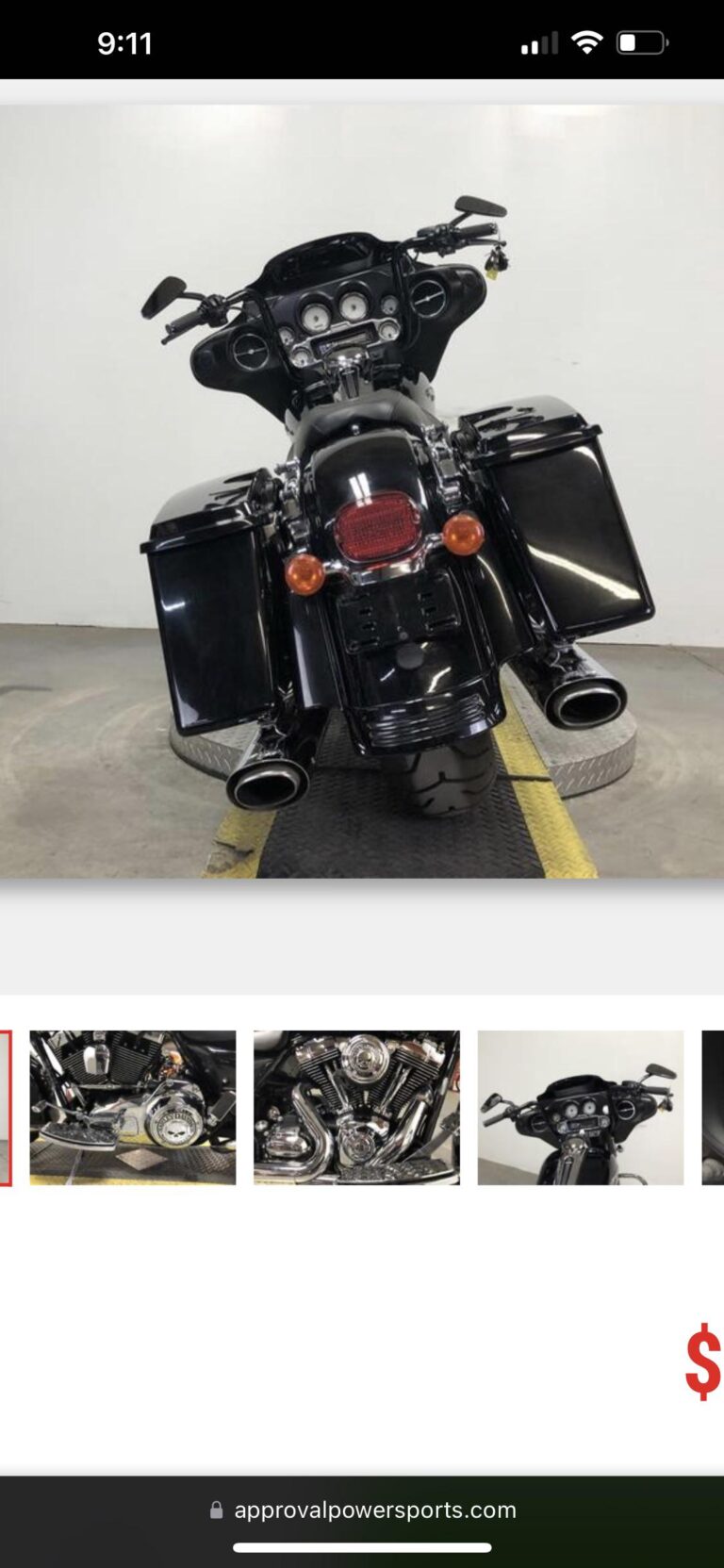To remove chrome from motorcycle parts, gently sand the chrome layer or apply a commercial chrome remover. Ensure protective gear is worn during the process.
Removing chrome plating from motorcycle components can refresh the appearance of your bike or prepare the part for a new coating. This task requires attention to detail and a methodical approach to avoid damaging the underlying material. Whether using abrasive techniques or chemical solutions, it’s vital to adhere to safe handling procedures.
Enthusiasts and mechanics alike undertake this process to customize or restore motorcycle parts, striving to achieve that perfect look or surface for re-plating or painting. With the right tools and precautions, stripping chrome can be a satisfying DIY project that enhances the overall aesthetic and value of your motorcycle.
Introduction To Chrome And Motorcycle Maintenance
Chrome plating on motorcycle parts gives a shiny, protective cover. Overtime, this layer can chip or tarnish. It may need complete removal. Safety is key during this process.
Reasons to strip chrome vary. It could be due to corrosion underneath. Sometimes, bikers seek a new look or the chrome has suffered damage. Proper removal ensures the integrity of the part.
| Tools | Safety Gear |
|---|---|
| Chemical stripper | Protective gloves |
| Abrasive tools | Safety glasses |
| Soft cloths | Face mask |
Before starting, gather all tools and ensure safety gear is ready. Keep the work area well-ventilated. Always read instructions on chemical products. Recycle old chrome and dispose of chemicals correctly.

Credit: m.youtube.com
Manual Chrome Removal Techniques
Removing chrome from motorcycle parts can be a meticulous task. To begin, using sandpaper is a good method for gradual chrome stripping. Start with a coarse grit and move to a finer one. This will help prevent damage to the underlying material.
For those seeking a faster solution, a manual grinder may be used. This tool allows for more rapid removal, but requires a steady hand to avoid gouging the part. Always wear safety gear to protect from metal shavings.
Following removal, it’s essential to polish the metal. This step smooths out any imperfections and brings back a shine to the motorcycle parts. A range of polishing compounds can be used to restore the metal’s luster.
Chemical Chrome Removal Strategies
To effectively remove chrome from motorcycle parts, choosing the right chemical stripper is essential. Different strippers suit various chrome thicknesses and part materials. Ensure the chemical is compatible with the base metal beneath.
Before applying any stripper, safety is paramount. Wear protective gear like gloves and eyewear. Ensure the work area is well-ventilated to avoid fume inhalation.
| Step | Action | Notes |
|---|---|---|
| 1 | Apply stripper | Follow instructions on the container. |
| 2 | Neutralize | Use the recommended neutralizing agent. |
| 3 | Clean up | Dispose of waste safely. |
After removal, the neutralizing agent stops the chemical activity. Finally, safe disposal of chemical waste is crucial to protect the environment.
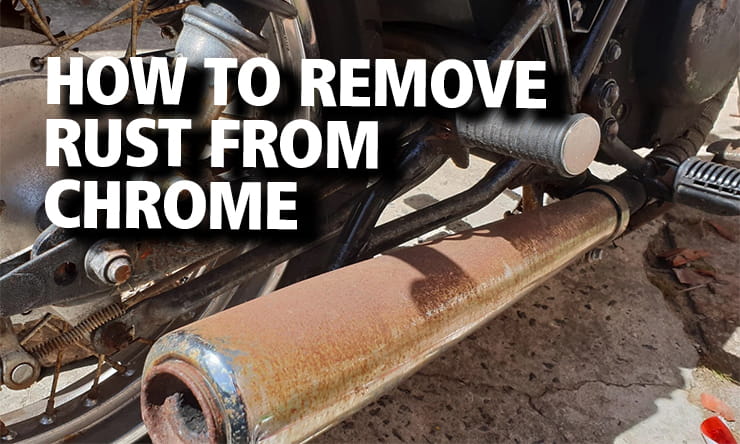
Credit: www.bennetts.co.uk
Alternative Methods And Considerations
Electrolytic Method, or Reverse Electroplating, needs a cautious approach. Direct current electricity flows through a solution to remove chrome effectively. Ensure safety gear is used and follow strict guidelines.
Seeking Professional Chrome Removal Services guarantees expertise and efficiency. They apply specialized techniques that are likely not available at home. This option is best for complex parts or those requiring extraordinary care.
After chrome is taken off, Long-term Care and Maintenance are essential. Regular cleaning with proper materials will keep motorcycle parts in top condition. Use protective coatings to prevent rust and corrosion.
| Factors | Recommendations |
| Health | Wear protective gear, work in ventilated space. |
| Environment | Dispose of chemicals according to local regulations. |
Finishing Touches And Replating Options
Preparing the surface for replating requires meticulous attention. Dirt and grease must be removed thoroughly. A smooth and clean surface ensures a high-quality finish. Use fine-grit sandpaper or steel wool for polishing the surface. It is essential to remove all traces of the old chrome before proceeding.
Exploring finishing options beyond chrome opens up new aesthetic possibilities. Nickel, copper, or brass plating can provide a classic look. Some bikers prefer powder coating for its durability and color variety. Paint, although less traditional, offers endless creative freedom with color choices.
DIY replating techniques can seem cost-effective but require skill and proper equipment. Amateur results may lead to uneven finishes or premature wear. Professional services, on the other hand, ensure a long-lasting and durable coat. They apply advanced methods for a flawless application.
Conclusion And Best Practices
Removing chrome from motorcycle parts can be challenging yet rewarding. Always wear safety gear to protect yourself. Use quality chrome-removal products to avoid damage. Regularly cleaning your motorcycle will prevent chrome buildup. Applying a protective coat can extend the lifespan of the parts.
- Clean regularly to minimize chrome removal needs.
- Use soft cloths and gentle cleaners.
- Avoid harsh chemicals; they can damage motorcycle parts.
- Protective coatings help to keep chrome looking new.
Maintaining your motorcycle parts with the right care will ensure a brilliant finish. Gentle, effective methods are key to restoring and preserving your bike’s appearance. Your efforts in proper maintenance will pay off, keeping your motorcycle in peak condition.
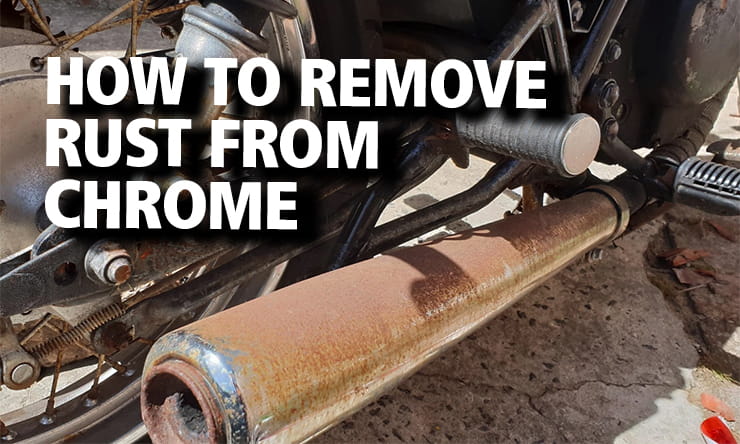
Credit: www.bennetts.co.uk
Frequently Asked Questions For How To Remove Chrome From Motorcycle Parts
How Do You Remove Chrome From Motorcycle Parts At Home?
Begin by applying a commercial chrome remover following the product’s instructions. Alternatively, combine equal parts vinegar and water, apply to the chrome parts, let sit, then scrub with aluminum foil or a soft brush. Rinse thoroughly and dry to prevent rust.
Can You Sand Off Chrome Plating?
Yes, you can sand off chrome plating, but it requires care and safety precautions. Use sandpaper or a power sander to gently remove the chrome layer.
How Long Does Muriatic Acid Take To Strip Chrome?
Muriatic acid typically takes about 30 minutes to strip chrome, depending on the coating’s thickness and acid concentration. Always prioritize safety by wearing protective gear.
How Do You Remove Chrome Plating With Acetone?
Acetone generally doesn’t remove chrome plating effectively. For chrome removal, chemical strippers containing hydrochloric acid or electrolytic methods are recommended. Always wear protective gear and follow safety guidelines.
Conclusion
Removing chrome from your motorcycle parts can rejuvenate the look and extend the durability of your bike. By following the steps outlined, you’ve taken control of your motorcycle’s upkeep. As always, take safety precautions before you begin. Share your experiences and tips with fellow riders by commenting below, and keep riding in style!

